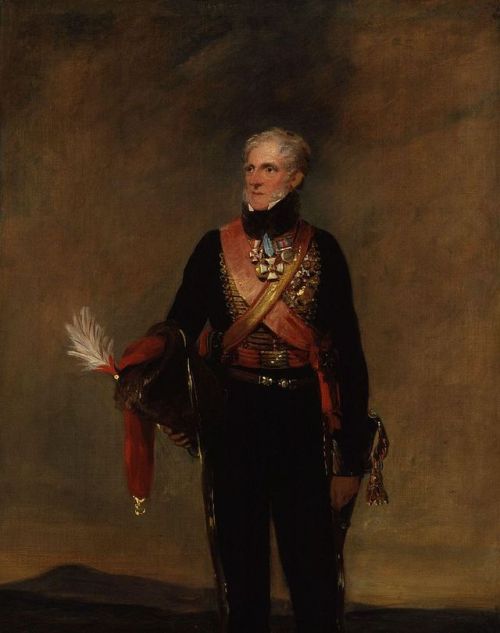peashooter85:Lord Paget’s Carbine,In the 18th and early 19th century commonly issued British cavalry
peashooter85:Lord Paget’s Carbine,In the 18th and early 19th century commonly issued British cavalry carbines were merely shortened versions of the common infantry musket. While the shortened length and lighter weight made the carbine much easier to load from horseback, they didn’t really have any special features which made them cavalry friendly. In 1806 the English gunmaker Henry Nock began the development of a new cavalry carbine for British forces fighting in the Napoleonic Wars. Supposedly the famed British cavalry commander Lord Henry Paget contributed to many design elements, however it is doubtful that Lord Paget had that much influence over it’s design. Rather Lord Paget was instrumental in the adoption of the new carbine, using his influence as Britain’s most famous cavalry commander to lobby for the mass production and issuance of the weapon. Thus while the carbine was officially known as the Model 1805 light cavalry carbine, it was popularly known as the Lord Paget Carbine.The Lord Paget Carbine was adopted in 1808 and instantly became a favorite of British mounted forces. With a 16 inch barrel and weighing around 5 lbs, it was certainly a handy little weapon for cavalrymen. However, the Lord Paget Carbine had other notable features which made it especially popular. One major complaint with cavalry carbines was that it was easy for a cavalryman to lose his ramrod while loading from a horseback, especially during the heat of battle. This problem was solved by attaching the ramrod to the muzzle with a special swivel, thus the ramrod remained attached to the gun but was still available for loading. This feature would become common among cavalry carbines produced by other nations.Second, the carbine had a hook attached to the left lockplate with a ring. This was so that the carbine could be connected to a shoulder strap, a belt, or even attached to a saddle. The biggest downside of the Paget Carbine was that it was a smoothbore with only a 16 inch barrel, which greatly reduced accuracy and range. However, they were typically loaded with buck and ball cartridges, thus making them into deadly shotguns. Unlike British infantry muskets which were .75 caliber and fired a .69 caliber ball, the Paget carbine was .66 caliber and typically fired a .62 caliber ball.The Paget carbine was used extensively during the Peninsula Campaign in Spain during the Napoelonic Wars, and continued in use well afterwards. In the 1830′s and 40′s the Paget Carbine was phased out in favor of new percussion lock designs. However the history of the Paget carbine would continue an ocean away. Mexico had recently become independent of Spain and needed cheap weapons to equip it’s new army. Thus Mexico purchased large amounts of British military surplus, including 15,000 Paget carbines. They were typically used to arm cavalry and light infantry, and were common during the Texas War of Independence and the Mexican American War. -- source link
Tumblr Blog : peashooter85.tumblr.com
#napoleonic wars#britain#cavalry


